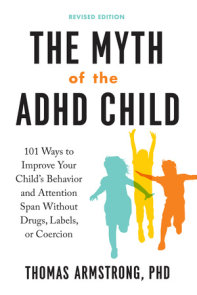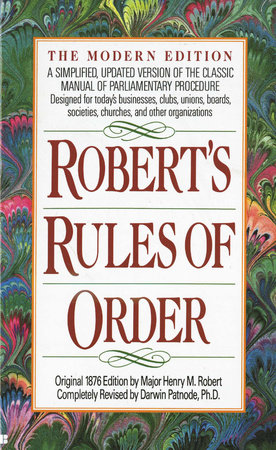

The Myth of the A.D.D. Child
By Thomas Armstrong
By Thomas Armstrong
Category: Psychology | Parenting

-
$24.00
Sep 01, 1997 | ISBN 9780452275478
Buy the Paperback:
YOU MAY ALSO LIKE

The Dolphin Way

The Possible Human

The Art of Intuition

1000 Songs that Rock Your World

The Dating Race

Believers, Thinkers, and Founders

Finding the Quiet

Organize for a Fresh Start

Man Made
Praise
Praise for 7 Kinds of Smart
“A book that helps people to discover and unleash their own intellectual strengths.”—Howard Gardner, Ph.D., author of Frames of Mind
“A rich dish of ideas for exploring those other ways of becoming more intelligent… ways that are so often neglected in our culture.”—Betty Edwards, author of Drawing on the Right Side of the Brain
“Makes a major contribution to our understanding of the wide scope of intelligence.”—Muriel James, co-author of Born to Win and Passion for Life
Table Of Contents
The Myth of the A.D.D. Child – Thomas Armstrong, Ph.D. Preface to the Paperback Edition
Preface
Part One. Uncovering the A.D.D. Myth
Chapter 1: America’s New Learning Disease
Chapter 2. A.D.D.: Now You See It, Now You Don’t
Chapter 3. Why A.D.D. Is a Simplistic Answer to the Problems of a Complex World
Chapter 4. What’s Good (and Not So Good) About the Good Pill
Chapter 5. To Control or to Empower: That Is the Question!
Part Two. 50 Strategies to Improve Your Child’s Behavior and Attention Span
Introduction
#1 Provide a Balanced Breakfast
#2 Consider the Feingold Diet
#3 Limit Television and Video Games
#4 Teach Self-Talk Skills
#5 Find Out What Interests Your Child
#6 Promote a Strong Physical Education Program in Your Child’s School
#7 Enroll Your Child in a Martial Arts Class
#8 Discover Your Child’s Personal Learning Style
#9 Use Background Music to Focus and Calm
#10 Use Color to Highlight Information
#11 Teach Your Child to Visualize
#12 Remove Allergens from the Diet
#13 Provide Opportunities for Physical Movement
#14 Enhance Your Child’s Self-Esteem
#15 Find Your Child’s Best Times of Alertness
#16 Give Instructions in Attention-Grabbing Ways
#17 Provide a Variety of Stimulating Learning Activities
#18 Consider Biofeedback Training
#19 Activate Positive Career Aspirations
#20 Teach Your Child Physical-Relaxation Techniques
#21 Use Incidental Teaching to Teach
#22 Support Full Inclusion of Your Child in a Regular Classroom
#23 Provide Positive Role Models
#24 Consider Alternative Schooling Options
#25 Channel Creative Energy into the Arts
#26 Provide Hands-On Activities
#27 Spend Positive Times Together
#28 Provide Appropriate Spaces for Learning
#29 Consider Individual Psychotherapy
#30 Use Touch to Soothe and Calm
#31 Help Your Child with Organizational Skills
#32 Help Your Child Appreciate the Value of Personal Effort
#33 Take Care of Yourself
#34 Teach Your Child Focusing Techniques
#35 Provide Immediate Feedback
#36 Provide Your Child with Access to a Computer
#37 Consider Family Therapy
#38 Teach Problem-Solving Skills
#39 Offer Your Child Real-Life Tasks to Do
#40 Use “Time Out” in a Positive Way
#41 Help Your Child Develop Social Skills
#42 Contract with Your Child
#43 Use Effective Communication Skills
#44 Give Your Child Choices
#45 Discover and Treat the Four Types of Misbehavior
#46 Establish Consistent Rules, Routines, and Transitions
#47 Hold Family Meetings
#48 Have Your Child Teach a Younger Child
#49 Use Natural and Logical Consequences
#50 Hold a Positive Image of Your Child
Notes
Index
21 Books You’ve Been Meaning to Read
Just for joining you’ll get personalized recommendations on your dashboard daily and features only for members.
Find Out More Join Now Sign In












